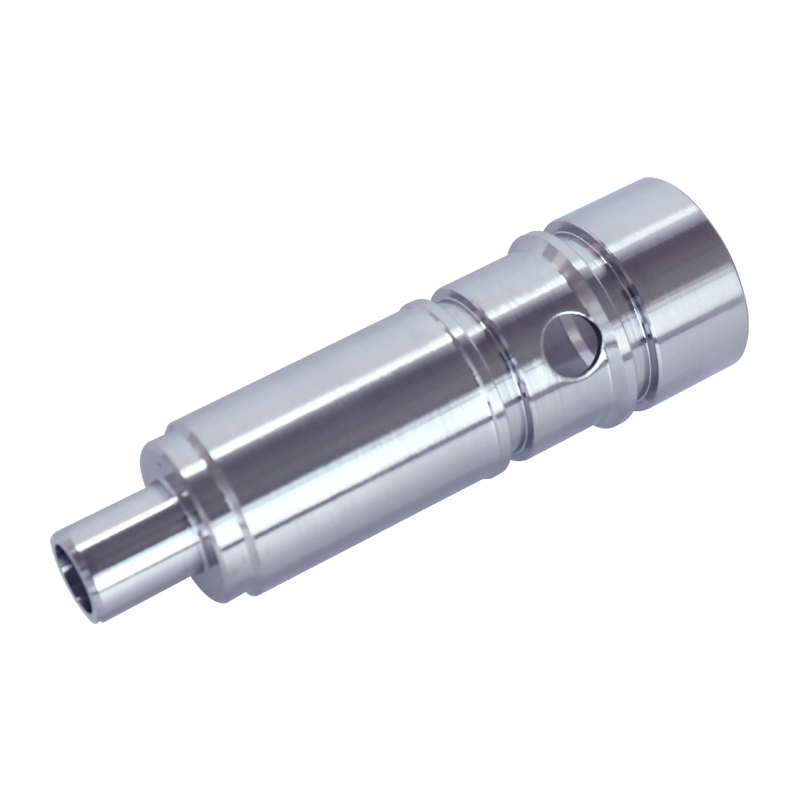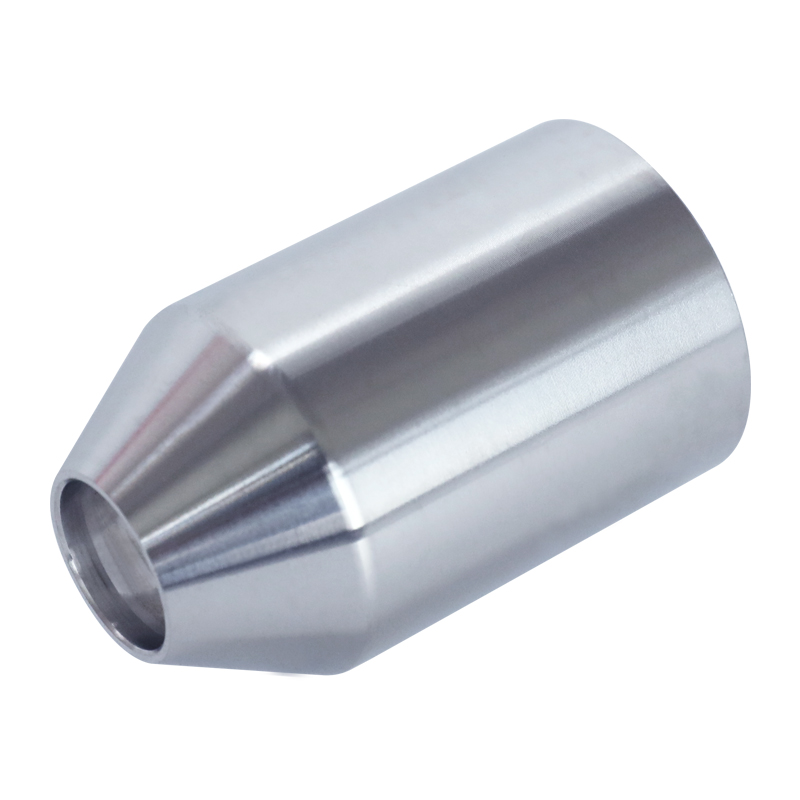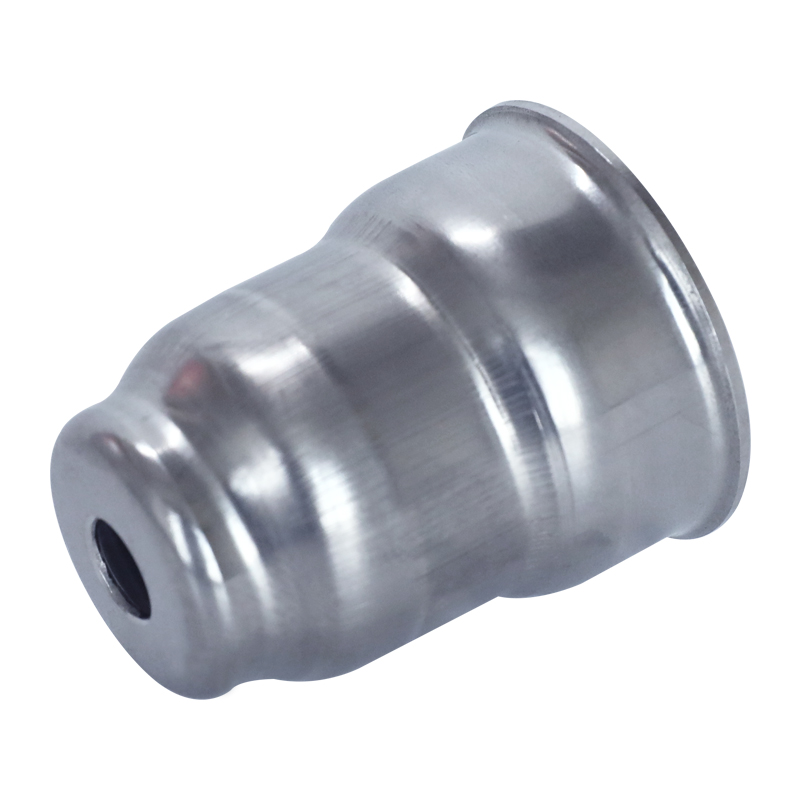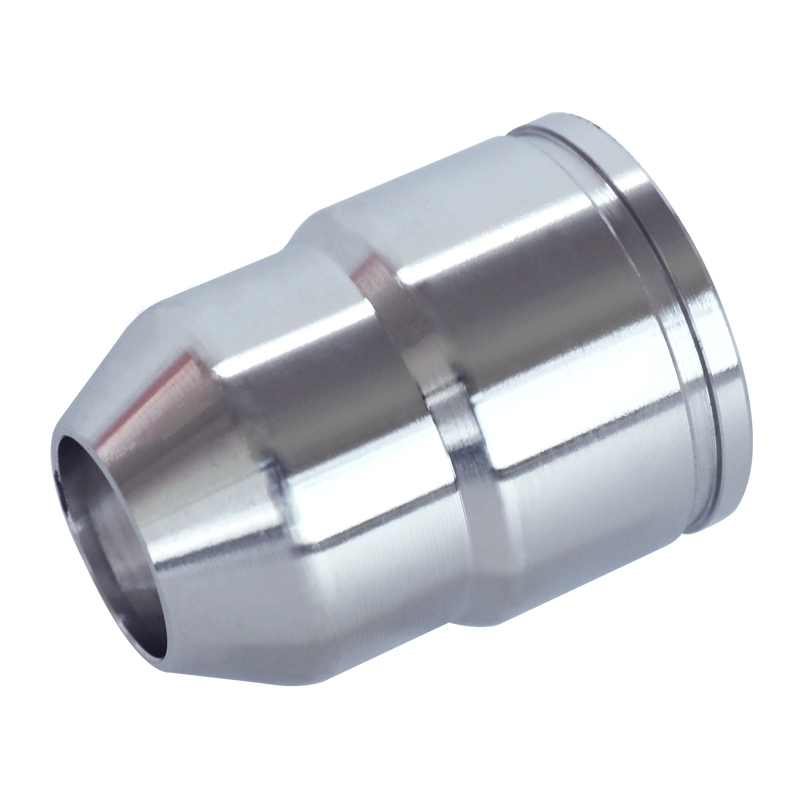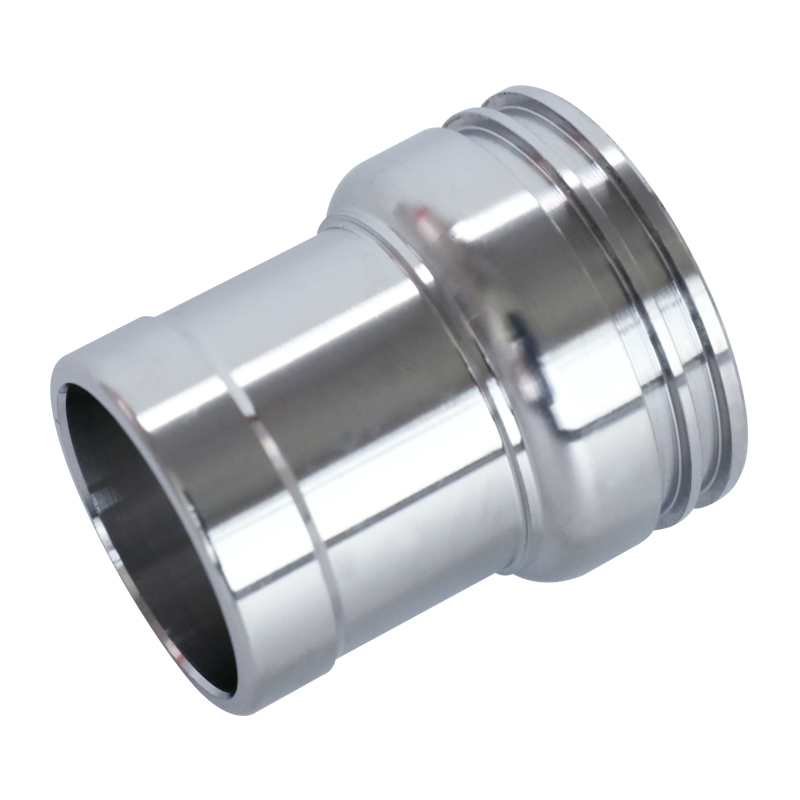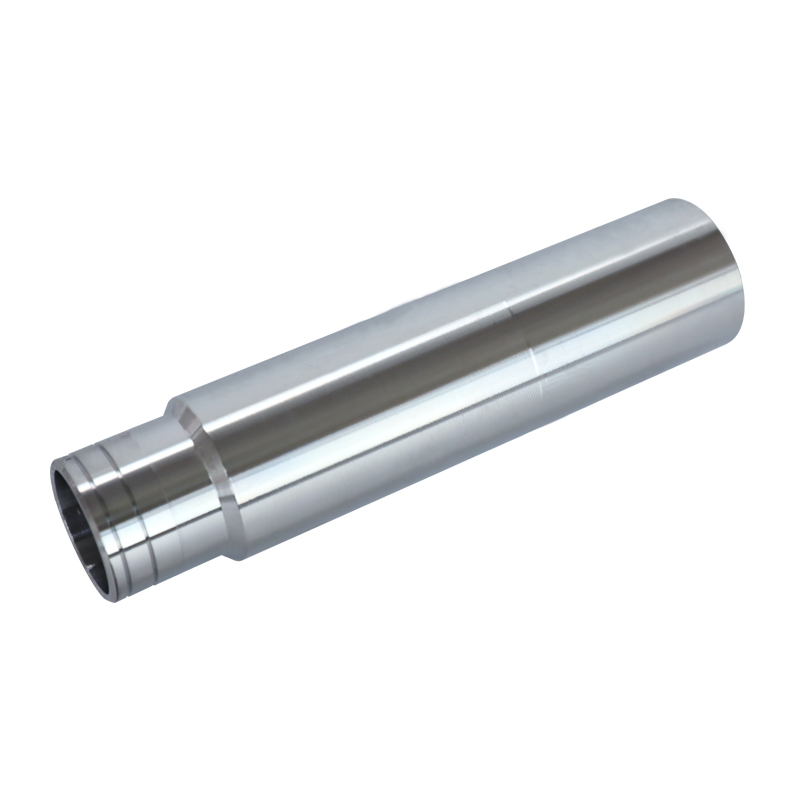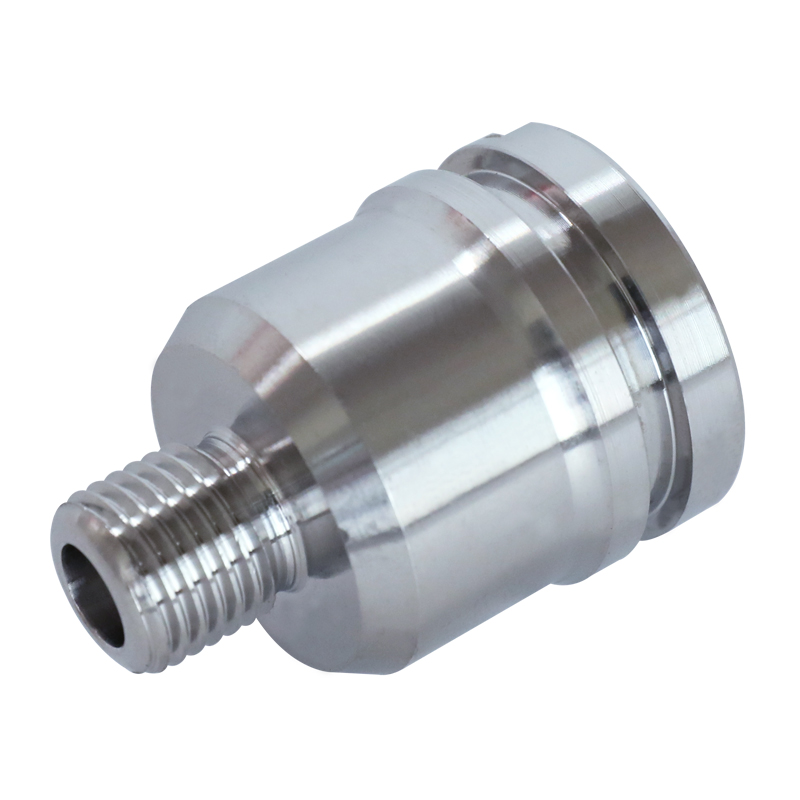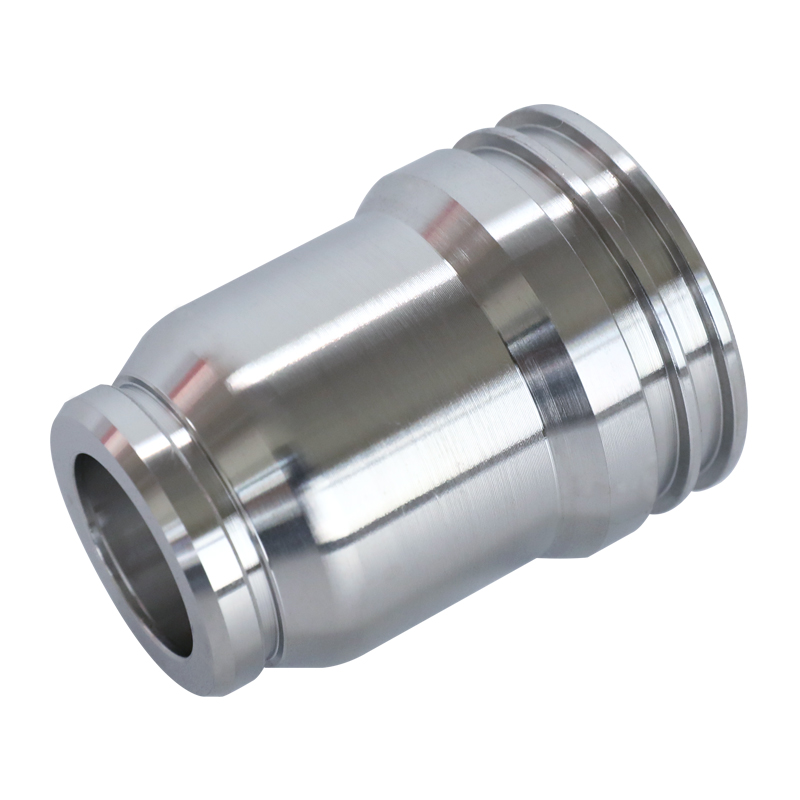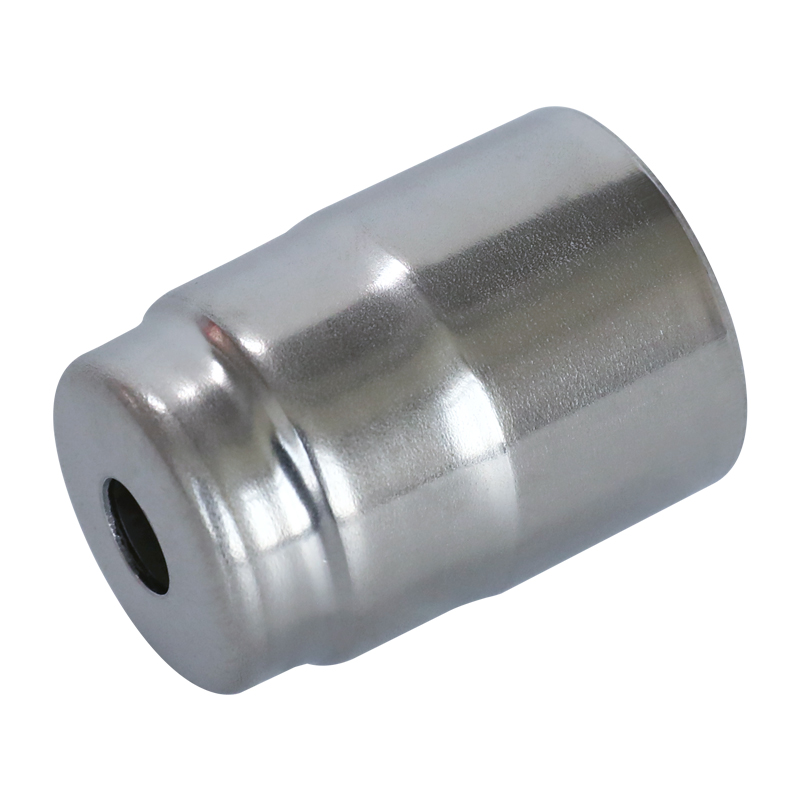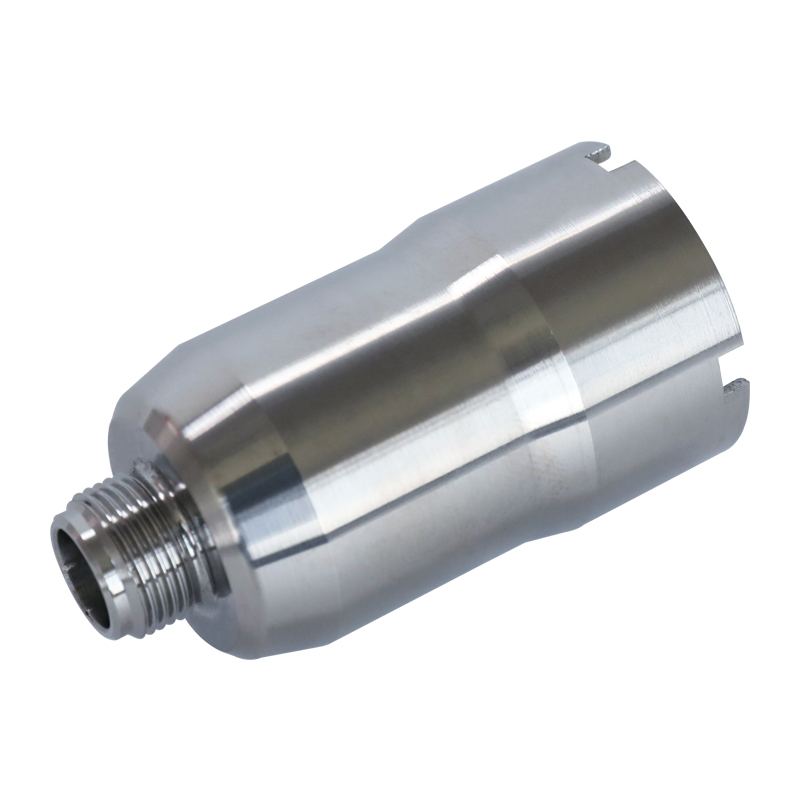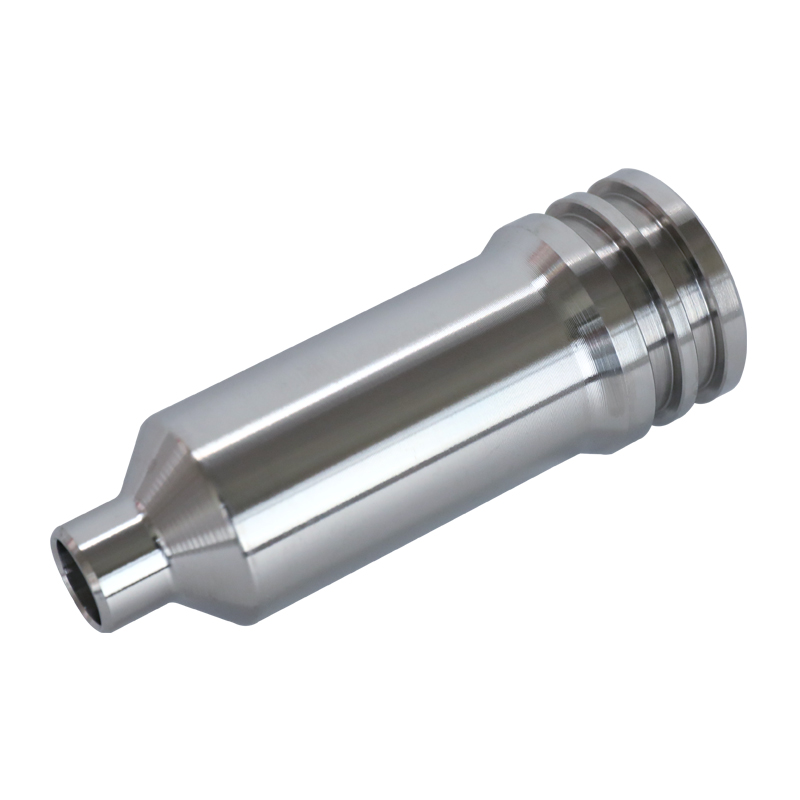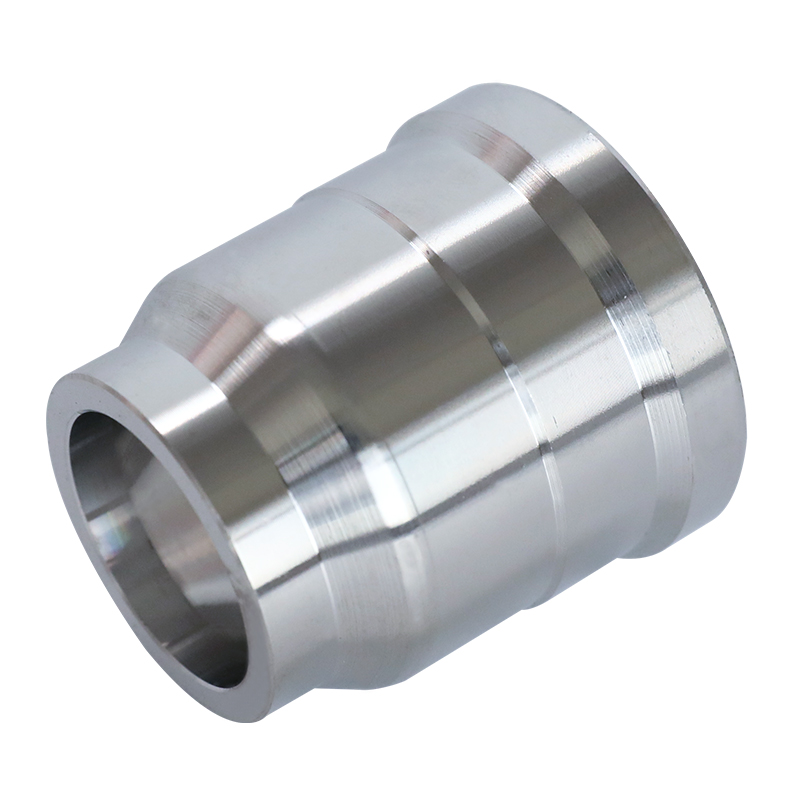Gasoline Direct Injection or GDI has seen rapid adoption by the automotive industry over the last several years in lieu of multipoint fuel injection systems due to advantages in fuel efficiency and reduced emission levels. However, now that GDI has been in engines for several years, engine builders are seeing issues caused by these systems as well as many facts and fictions surrounding why these problems exist and how to solve them.
Engine Builder recently caught up with Matt Dickmeyer of Dickmeyer Automotive Engineering in South Whitley, IN to understand what he has personally experienced regarding GDI and how he has solved some of the issues it causes in engines.
“The main reason OEs are going with direct injection is because of what I would consider to be unrealistic MPG requirements by the government,” Dickmeyer says.
To meet these requirements, OEs are building smaller engines with turbochargers. A smaller engine obviously will have a smaller bore, which is easier to maintain or to achieve high volumetric efficiency (VE).
“Since you simply can’t get every bit of air into the cylinder by itself without extremely high RPM, they’re going with turbocharging, which can make a small displacement engine have the power of a large displacement engine,” Dickmeyer says. “However, with any forced induction or power adder, you actually have to have a sacrificial percentage of fuel injected into the cylinder that actually does nothing for creating power. It’s what I call sacrificial simply because its function is to control pre-ignition and detonation, cool combustion temperatures and so on.”
With direct injection you don’t necessarily have to inject the fuel in the cylinder on the intake stroke like you would with a multipoint system or a carburetor. With direct injection you can introduce fuel into the cylinder when it’s on the compression stroke.
“Smaller engines have a lower brake-specific fuel consumption simply because they can achieve full volumetric efficiency better than a big bore engine,” he says. “With the designs of the tops of the pistons and the designs of the combustion chambers, they’re really efficient so you can actually run higher compression with a multi-valve engine simply because the layout of the combustion chamber is super efficient with a centrally located sparkplug. You can actually operate a turbo engine at a brake-specific fuel consumption that would be normal to a naturally aspirated engine.”




 English
English Español
Español Deutsch
Deutsch